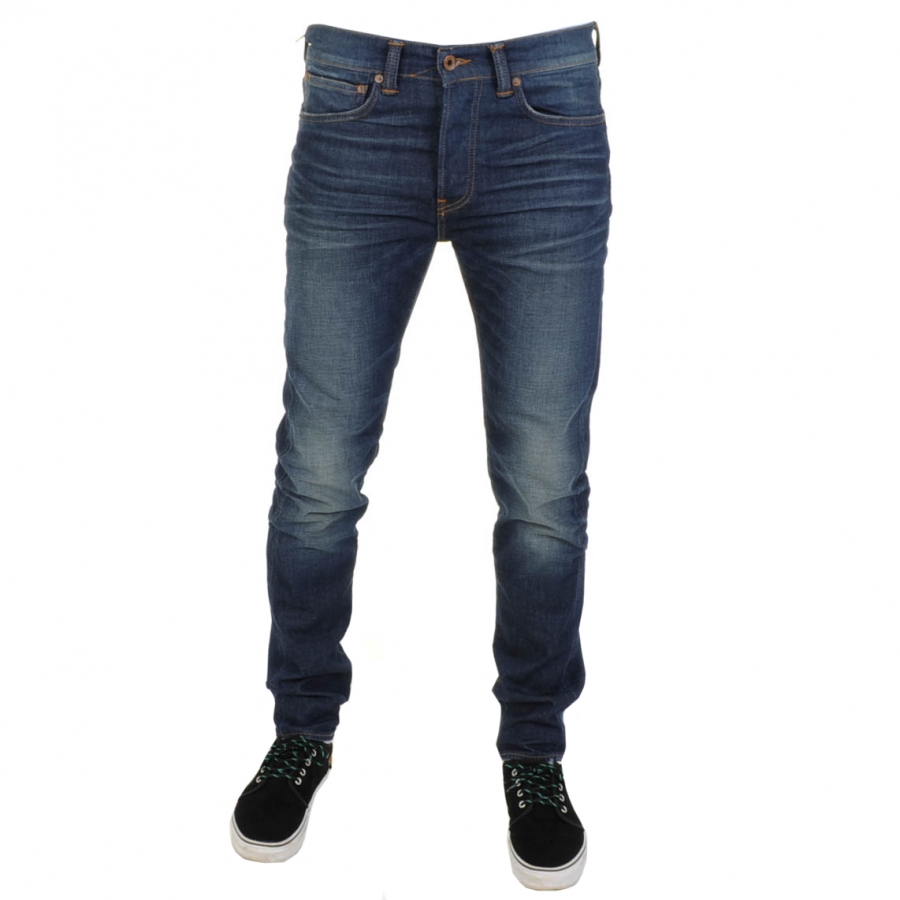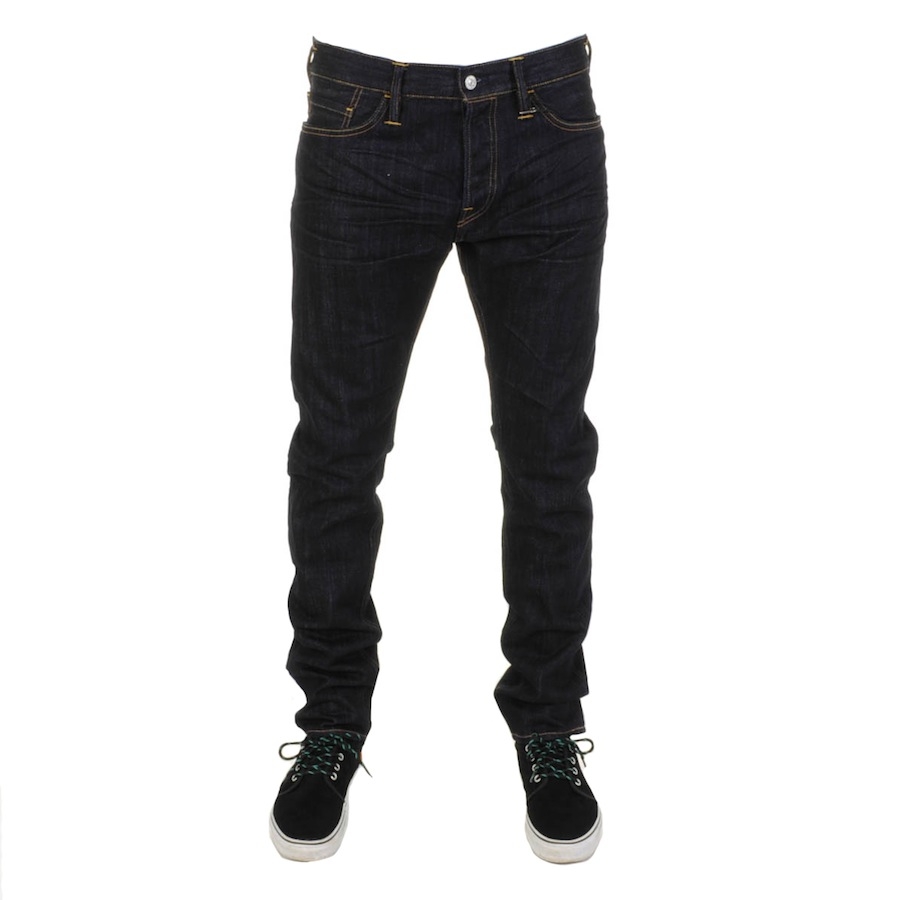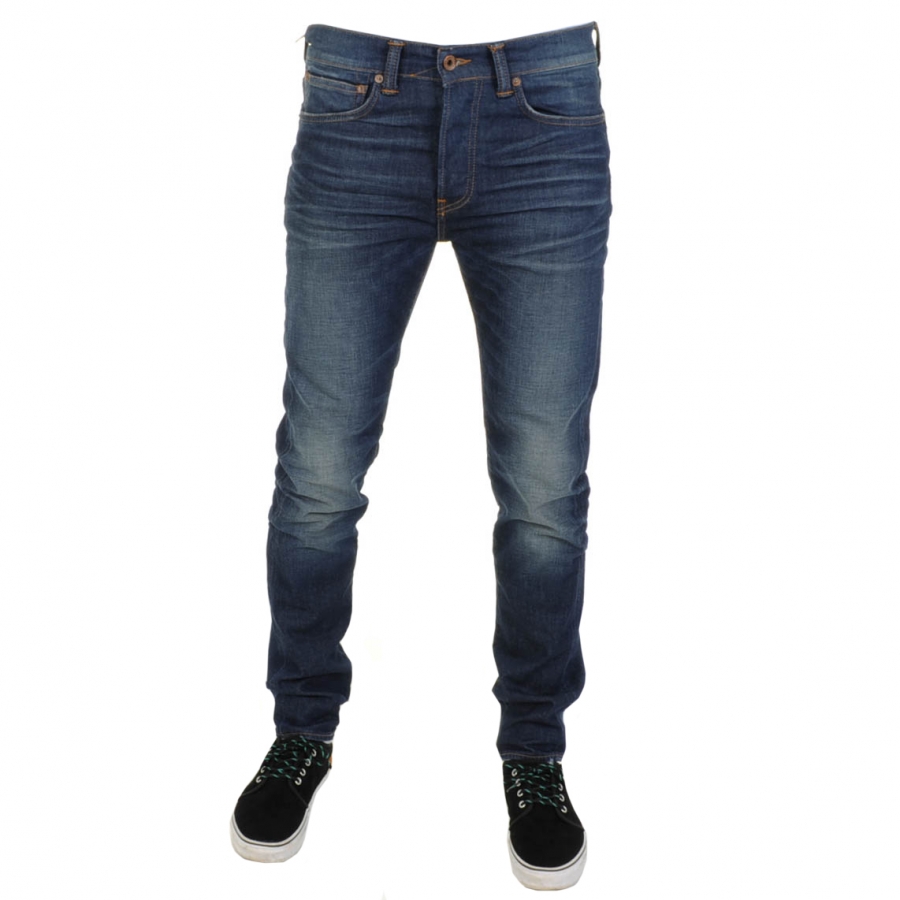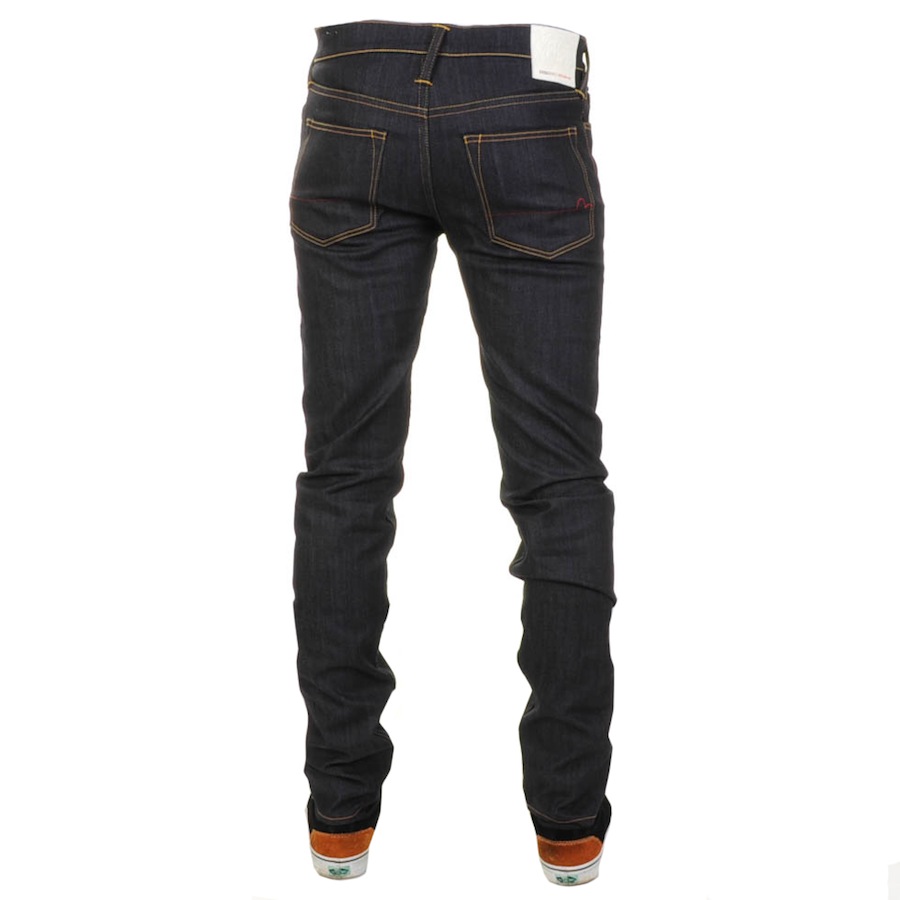
The Success of Japanese Denim
Those who know a thing or two about denim appreciate the level of expertise coming from Japanese designers in recent years, despite not having the rich historical legacy of other market leaders.
Characterised by complicated details and skilled construction, some call Japanese denim the “technical denim”, home to prominent brands like Edwin and Evisu.
To understand what exactly technical denim could be, first it is important to understand how denim is constructed differently between manufacturers and what makes some more desirable than others.
Below: Japanese denim manufacturers used traditional looms and labour-intensive methods to create products with greater levels of detail
–The dye– the majority of the industry uses synthetic dye which is cheaper, this offers a much less rich colouring and it wears quicker. Premium denim brands generally use natural dye which has opposing features.
–Selvedge denim– it takes much more skill and perfection to weave a pair in this style seeing as though it can only be woven at a width of around 31” as opposed to a non-selvedge which is double that. Therefore it is much denser and costs more to produce as a result.
–The Wash– A denim connoisseur will usually choose to avoid washing their jeans for as long as possible- even years- because the first wash makes the dye run from areas of heavy wear, creating a unique fade to each wearer and this imprint will remain with the item.
Japanese brands are now credited for the stonewashed effect like you see below
Why Japanese denim?
Around the time of World War 1 and 2, denim was an American choice of leisurewear and didn’t really transfer in terms of popularity to the rest of the world until after this period. As the interest picked up though, selvedge denim began to get replaced by cheaper manufacturing methods. So, as it struggled to exist any longer the Japanese are credited with regurgitating the antique looms and methods. The Japanese are generally thought of as extremely thorough and skilled craftsmen, paying close attention to detail and a refusal to use anything other than the best materials available, such as strong cotton (typically from Africa).
Evisu & Edwin’s SS14 campaign images
Get the look here:
Brands including primarily Levi’s created the mass denim market of today and exported to the rest of the world when the product became popular. Around the time of 1950 people began trying to import used and worn-out denim to then alter by hand and re-create them to sell-on. This was a cheaper alternative for people but ultimately it was of a lesser quality than the originals. In Japan, denim started to be produced in factories circa 1951 but it wasn’t for another ten years that this expensive and lesser quality product was refined enough to compete with international counterparts.
America was the first place to adopt denim jeans as leisurewear, around the time of the Great War, since then iconic brands like Levi’s emerged
Edwin– Founded in 1961, thanks to the determination of Mr Tsunemi (founder of the brand) to develop the industry, Edwin jeans were born and by ’63 he had produced the world’s heaviest ring-spun denim jean at 16oz, with an iconic three-colour selvedge. Their reputation has continued to grow since then leading them to be nicknamed “The Levi’s of Japan“.
Below (right): the famous multicoloured selvedge of Edwin
Evisu– Hideko Yamane was another of the pioneers in the fledgling Japanese denim industry, though he arrived on the scene later in the 1990s. He owned a loom very similar to an original American one which created the very first denim products; he then hand-produced a dozen pairs of jeans a day, painting his own seagull logo on the back. His method was very labour-intensive and it wasn’t the practice of mass producers who rivalled his products any longer. The brand amassed such a following and reputation for its superior quality product that it became one of the most expensive jeans on the market for the craft which had been put into each pair.
Below: Evisu became notorious for relentless attention to minute details
It is mainly due to the work of these two brands that most major European fashion designers subsequently released a range of Japanese style denim jeans. The nation’s fascination with denim led their native manufacturers to achieve a level of expertise that many consider to be greater than their original American idols who had let the mass market saturate their product. The Japanese became craftsmen, whilst the Americans became commercialised.
What did you think of this post?
Great!
Helpful!
Not for me!







